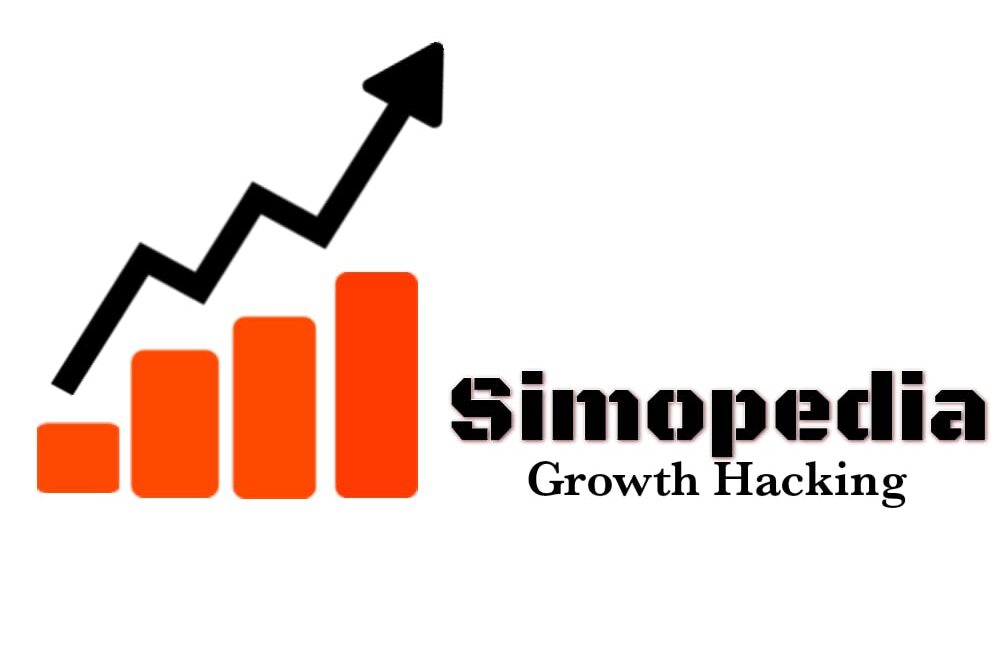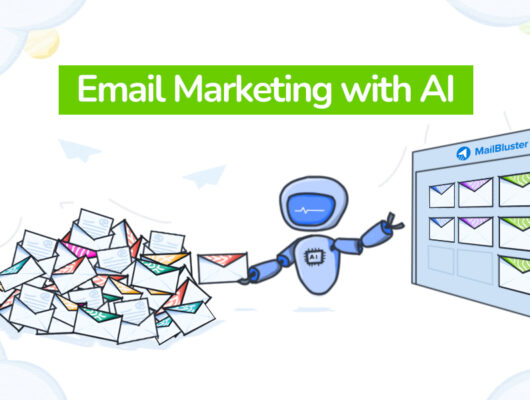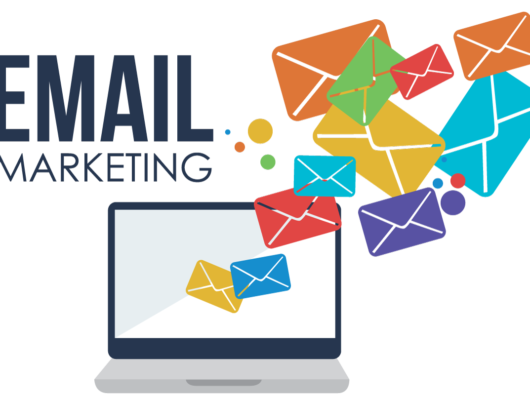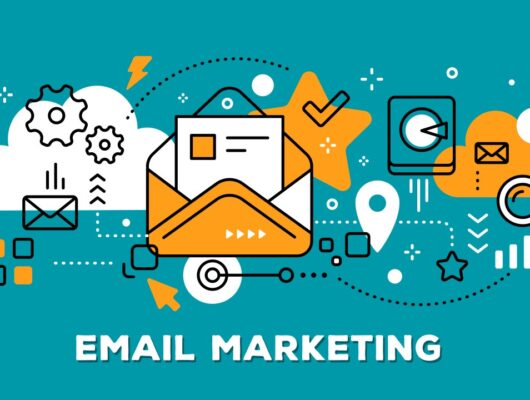Innovative inbound marketing strategies can include interactive content, personalization, and influencer partnerships. These strategies help businesses attract, engage, and nurture leads effectively.
In today’s competitive digital landscape, standing out requires thinking outside the box. Inbound marketing has evolved beyond traditional tactics like blog posts and social media. By integrating interactive elements such as quizzes, calculators, and virtual reality experiences, businesses can capture and maintain audience attention.
Personalization, achieved through tailored content and messaging, enhances the customer experience. Collaborating with influencers adds credibility and expands reach. Embracing these innovative approaches positions brands as forward-thinking and customer-centric. We will delve deeper into how these strategies can revolutionize inbound marketing and drive business growth.
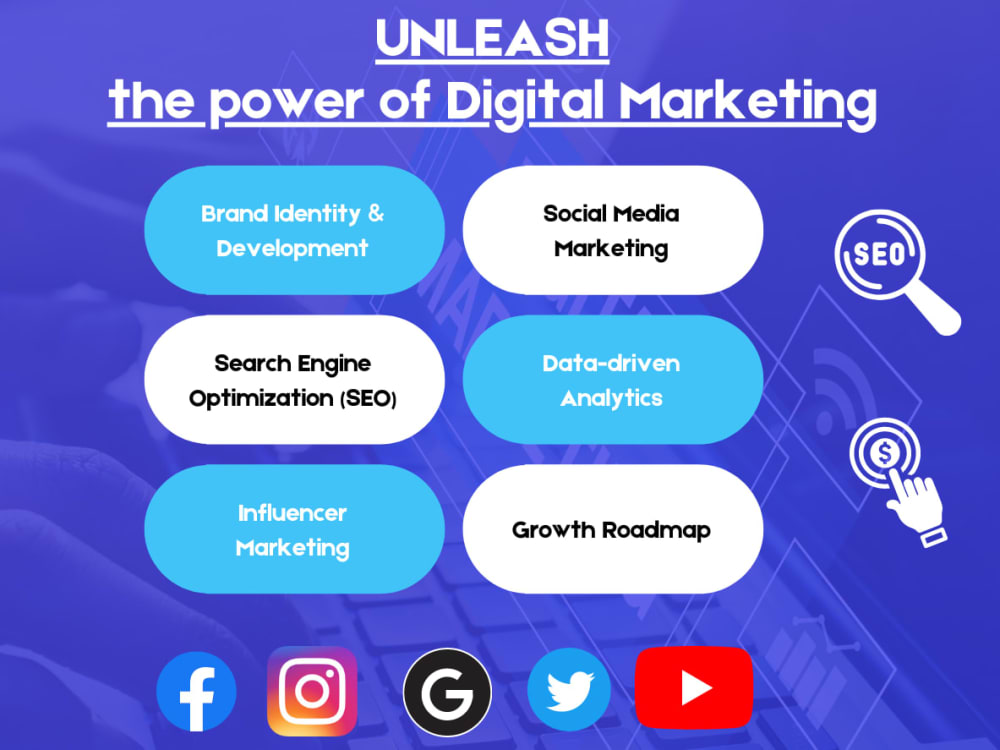
Credit: www.upwork.com
Creating Engaging Content
Creating Engaging Content is at the heart of any successful inbound marketing strategy. The ability to capture the attention of your target audience and keep them engaged is crucial for driving traffic, generating leads, and ultimately, converting prospects into customers. In this section, we will explore the essential elements of creating content that resonates with your audience and compels them to take action.
Understanding Your Audience
Understanding your audience is the first step in creating engaging content. Research and analyze the demographics, psychographics, and behavior of your target audience to gain insights into their preferences, interests, and pain points. By leveraging tools such as Google Analytics and social media insights, you can gather valuable data that guides your content creation process. This allows you to tailor your content to address specific needs and provide solutions that resonate with your audience.
Crafting Compelling Stories
Crafting compelling stories is a powerful way to engage your audience. Connect with your audience on an emotional level by sharing authentic and relatable stories that demonstrate the value of your product or service. Utilize storytelling techniques such as narrative arcs, conflict resolution, and character development to captivate your audience and keep them invested in your content. Through storytelling, you can create a memorable and persuasive narrative that resonates with your audience and establishes a deeper connection.
Leveraging Social Media
Social media has become an integral part of inbound marketing strategies, providing businesses with a powerful platform to engage with their audience, build brand awareness, and drive traffic to their website. Leveraging social media effectively can significantly impact the success of an inbound marketing campaign. In this section, we will explore innovative strategies for maximizing the potential of social media in inbound marketing efforts.
Using Data To Identify Opportunities
Data plays a crucial role in optimizing social media strategies for inbound marketing. By analyzing metrics such as audience engagement, reach, and conversion rates, businesses can gain valuable insights into the effectiveness of their social media efforts. This data can help identify opportunities for improvement and enable businesses to tailor their content to better resonate with their target audience.
Building A Strong Social Media Presence
Establishing a strong social media presence is fundamental to inbound marketing success. This involves creating compelling content, engaging with followers, and maintaining a consistent brand voice across various social media platforms. By fostering meaningful interactions and providing valuable insights, businesses can nurture a loyal community of followers and enhance their brand visibility.
Optimizing Seo
In today’s highly competitive digital landscape, optimizing your SEO is crucial to ensure your website ranks high on search engine result pages and attracts organic traffic. By implementing effective SEO strategies, you can improve your website’s visibility and drive more qualified leads to your business. In this section, we will explore two key aspects of SEO optimization: keyword research and analysis, and on-page SEO strategies. Let’s dive in!
Keyword Research And Analysis
Keyword research lays the foundation for any successful SEO campaign. It involves identifying the right keywords that your target audience is using to search for products or services similar to what you offer. By incorporating these keywords strategically into your content, you increase the chances of your website appearing higher in search engine results.
When conducting keyword research, it’s essential to focus on relevance, search volume, and competition. Look for keywords that directly relate to your business and align with your target audience’s search intent. Tools like Google Keyword Planner, SEMrush, and Moz Keyword Explorer can help you identify high-performing keywords that will drive qualified traffic to your website.
On-page Seo Strategies
On-page SEO refers to optimizing various elements on your website to improve its visibility and relevance to search engines. By optimizing your on-page elements, you can enhance not only the user experience but also your website’s organic search performance.
Start by optimizing your title tags and meta descriptions. These elements provide concise yet compelling descriptions of your web pages, appearing in search engine results. Make sure to include relevant keywords and accurately describe the content on the page to encourage clicks.
Additionally, pay attention to your website’s URL structure. A well-structured URL can help search engines understand the content and improve your chances of ranking higher. Use descriptive and keyword-rich URLs that are easily readable and reflect the page’s content.
Lastly, optimize your website’s headings and subheadings. Use HTML heading tags (H1, H2, H3, etc.) to structure your content effectively and ensure search engines can understand the hierarchy of information on your pages. Incorporate relevant keywords in your headings and make them appealing to readers.
Implementing Video Marketing
Implementing video marketing is a crucial component of a successful inbound marketing strategy. With the wide accessibility of smartphones and the increasing popularity of video content, businesses have the opportunity to captivate their audience in a powerful and engaging way. By leveraging videos, businesses can convey their message more effectively, ensuring their brand stands out in this digital era.
Capitalizing On The Power Of Video
The power of video cannot be overstated in today’s fast-paced digital landscape. Videos have the unique ability to stimulate multiple senses simultaneously, resulting in higher attention and retention rates. This makes it an ideal medium for businesses to deliver their message in an impactful manner. Whether it’s a product demonstration, customer testimonial, or explainer video, leveraging this visually appealing content can help capture and retain the attention of your target audience.
When implementing video marketing, it’s crucial to remember that quality plays a significant role. High-definition videos with clear audio and visually appealing graphics will leave a lasting impression on your viewers and enhance the overall user experience. By investing in professional video production or utilizing user-friendly video creation tools, businesses can ensure their content stands out from the competition.
Video Seo Tactics
To maximize the impact of your video marketing efforts, it’s essential to optimize your videos for search engines. Video SEO tactics can help improve the visibility and reach of your videos, making it easier for your target audience to find and engage with your content.
Here are some key steps to follow when implementing video SEO tactics:
- Keyword Research: Just like with written content, conducting keyword research allows you to understand what terms your target audience is searching for. Incorporate relevant keywords into your video titles, descriptions, and tags to increase visibility.
- Thumbnail Optimization: Create visually enticing thumbnails that accurately represent the content of your video. A compelling thumbnail can attract more clicks and encourage viewers to watch your video.
- Video Descriptions: Provide detailed, keyword-rich descriptions for your videos. This helps search engines understand the context and content of your videos, improving their indexing and ranking.
- Transcribing and Closed Captions: Transcribing your videos not only helps make them accessible to a wider audience but also provides search engines with additional text to crawl and index. Adding closed captions can further enhance the user experience.
- Encourage Social Sharing: Implement social sharing buttons within your video player to encourage viewers to share your content on social media platforms. This increases the chances of your videos going viral and reaching a larger audience.
By implementing these video SEO tactics, businesses can ensure their videos rank higher in search engine results pages (SERPs) and increase their overall visibility. This, in turn, enhances brand exposure and increases the likelihood of attracting new leads and customers.
Personalizing Customer Experiences
Leverage innovative inbound marketing strategies to create personalized customer experiences. Engage customers with tailored content, delivering a unique and memorable journey that fosters brand loyalty and drives conversions.
Utilizing Marketing Automation
In today’s digital era, there is no denying the power of personalization in marketing. Customers have come to expect tailored experiences that cater to their individual needs and preferences. To meet these expectations, businesses are turning to marketing automation to streamline their processes and deliver personalized messages at scale. Marketing automation allows you to automate repetitive tasks, analyze customer data, and create targeted campaigns. By utilizing marketing automation tools, businesses can gather valuable insights into customer behavior, preferences, and purchase history. This information can then be used to create personalized experiences that resonate with each individual customer. With marketing automation, you can segment your customer base based on various criteria such as demographics, past purchase behavior, and engagement level. This allows you to create highly targeted campaigns that speak directly to the interests and needs of different customer segments. By doing so, you can increase engagement, conversions, and ultimately, customer satisfaction.
Creating Tailored Email Campaigns
One of the most popular and effective ways to personalize customer experiences is through tailored email campaigns. Email marketing remains a powerful tool for engaging with your audience and driving them towards conversion. However, sending generic, one-size-fits-all emails is no longer enough to capture the attention of today’s consumers. By leveraging your customer data, you can create highly personalized email campaigns that resonate with each recipient. Segmenting your email list based on customer behavior, preferences, or past interactions allows you to send targeted content that is relevant to each individual recipient. Whether it’s personalized product recommendations, exclusive offers, or relevant content, tailored email campaigns help you deliver the right message to the right audience at the right time. In addition to segmentation, you can also use dynamic content in your email campaigns to further enhance personalization. Dynamic content allows you to create email templates with different variations that are shown to recipients based on their individual characteristics or actions. This ensures that the content they receive is relevant and engaging, increasing the chances of conversion. By personalizing your customer’s email experiences, you can build stronger relationships, increase engagement, and ultimately drive more conversions. Utilizing marketing automation and creating tailored email campaigns are just two examples of how you can leverage technology and data to deliver personalized experiences that leave a lasting impression on your customers. Remember, personalization is not just a buzzword in marketing; it is a crucial strategy for standing out in a crowded digital landscape. As consumers continue to demand more personalized experiences, businesses that can provide them will have a competitive edge. By taking advantage of innovative inbound marketing strategies, such as marketing automation and tailored email campaigns, you can ensure that your customers feel valued, understood, and connected to your brand.
Frequently Asked Questions Of Innovative Inbound Marketing Strategies
What Is An Inbound Marketing Strategy?
Inbound marketing is a strategy that attracts potential customers through valuable content and experiences. It focuses on creating and sharing relevant information to engage and build trust with your audience. This approach aims to draw people organically to your brand, rather than interrupting them with irrelevant messages.
How Can I Improve My Inbound Marketing?
To improve your inbound marketing, focus on creating valuable content, optimizing for search engines, leveraging social media, using email marketing, and analyzing data for insights. Engage with your audience, build relationships, and continuously refine your strategy for better results.
What Are The 3 Important Things For Inbound Marketing?
The 3 important things for inbound marketing are content creation, search engine optimization (SEO), and lead generation. Content creation involves creating valuable and relevant content for your target audience. SEO helps improve your website’s visibility on search engines. Lead generation is the process of attracting and converting website visitors into potential customers.
What Is An Example Of An Inbound Strategy?
An example of an inbound strategy could be creating valuable content through blogs, social media, and SEO techniques to attract and engage your target audience. It involves pulling people towards your brand by providing helpful information and building relationships instead of aggressively pushing your products or services.
Conclusion
To sum it up, these innovative inbound marketing strategies can revolutionize your business by attracting, engaging, and converting potential customers. By incorporating techniques like personalized content, social media engagement, and mobile optimization, you can enhance your brand visibility and increase your online presence.
Remember, staying updated with the latest trends and constantly adapting your strategies is crucial in staying ahead of the competition. Start implementing these strategies today and witness the growth and success of your business.


